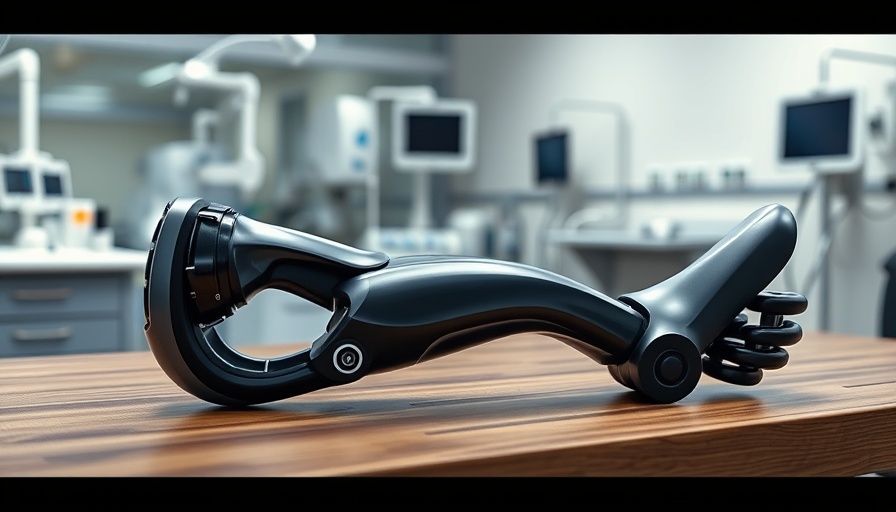
Revolutionizing Prosthetic Design Through Data Science
Prosthetic legs have historically been one-size-fits-all devices, but recent advances in data-driven design are changing that narrative. Today, innovations are not only making these vital tools faster and more efficient, but also more personalized to the individual needs of users. Imagine a world where every prosthetic limb is uniquely crafted to fit the wearer’s lifestyle and biomechanics. This aspiration is now becoming a reality, driven by the power of data science.
How Data is Changing the Game
With the advent of advanced technologies such as machine learning and artificial intelligence, designers can analyze a plethora of data points collected from users. This includes their movement patterns, lifestyle choices, and even biomechanical feedback. A notable case involves biomechanical experts analyzing the gait of amputees in real-time using wearable sensors. By leveraging this information, engineers can create prosthetic legs that are not only tailored to improve comfort and fit but also enhance mobility for the user.
The Future of Prosthetics: Improving Quality of Life
What sets these new designs apart is their focus on user experience. Traditional prosthetics have often led to discomfort and insufficient functionality. The personalized prosthetic models, however, aim to mimic the natural movement of human legs, making it easier for users to adapt. Enhanced designs also promise to reduce the risk of injury and promote a healthier lifestyle. These innovations indicate a significant leap towards better mobility in daily life, impacting not just individuals, but society as a whole.
Considerations in Data-Driven Designs
While data-driven prosthetic designs offer numerous benefits, they are not without challenges. Privacy concerns surrounding the collection of user data are paramount. Additionally, the integration of technology into healthcare can lead to disparities in access. Making advanced prosthetics available to a broader audience necessitates ongoing discussions about costs, funding models, and insurance coverage.
Real-World Examples of Personalized Prosthetics
Clinical trials and pilot programs across various countries have showcased the effectiveness of tailored prosthetic devices. For instance, users in a study reported improved mobility and less fatigue after transitioning to data-informed designs. They noted that the unique modifications based on their habits enhanced their independence and enjoyment in activities they once thought unattainable.
Conclusion: A Call to Embrace Innovation in Prosthetics
As the industry evolves, it's crucial for stakeholders—engineers, medical professionals, and policymakers—to collaborate on ensuring equitable access to these innovations. By embracing data-driven designs, we not only foster inclusivity within the healthcare system, but also enhance lives significantly for those who rely on prosthetics for mobility. The future is bright, and it beckons all of us to support advancements that prioritize both technology and humanity.
 Add Row
Add Row  Add
Add 




Write A Comment